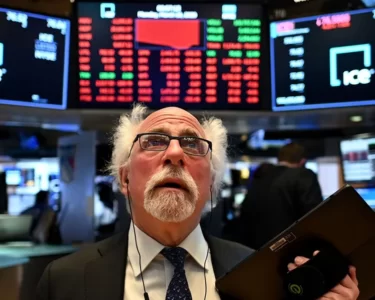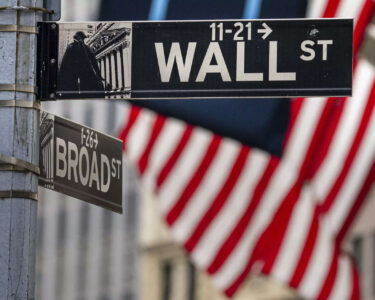Often in the financial media, you will hear people make reference to specific times of the week, month, or year that typically provide bullish or bearish conditions.
The outlook for the market is, at best, hazy, and there are no meatballs in the mix. The economic strength, as well as how the Federal Reserve plans to take in the near future, as well as the trajectory to the corporate profits, will not be resolved for months, leaving affluent investors feeling as if they’re walking in sand. It’s a great moment to purchase stocks.
The positive signs begin with the month that just ended that lived up to its reputation as being the toughest month through the entire year for investors. In September, the S&P 500 index dropped 0.74 percent in the past week — closed the month at 4.87 percent, the worst month since December, and it was the Dow Jones Industrial Average dropped 1.34 percent to close the month at 3.50 percent. Its index, the Nasdaq Composite, decreased 5.81 percent in September after climbing 0.06 percent in the previous week.
There was plenty to be unhappy about the last month. In the past 30 days, stock market investors were faced with a “hawkish pause” by the Fed as well as a potential shutdown of the federal government and the rise in yields on bonds and increasing oil prices. So it’s not surprising that just 27.8 percent of the respondents to survey American Association of Individual Investors survey declared themselves to be positive–the lowest figure in the past four months.
Even when the days get darker through October, the mood in the market will be more sunny. The most simple reason for a short-term rebound in the stock market is mean reverse. “One-month period when stocks don’t do anything but fall has typically had a bounceback effect the following period,” wrote analysts at Bespoke Investment Group this past week.
Key Takeaways
- Since 1950 the year 1950, the Dow Jones Industrial Average (DJIA) has seen an average decrease of 0.8 percent, while the S&P 500 has averaged a decline of 0.5%. S&P 500 has averaged a 0.5 percent decline in this month in September.
- The September Effect is a market phenomenon that isn’t connected to any specific event in the market or other news.
- The September Effect is a worldwide phenomenon and doesn’t just have an impact on U.S. markets.
- Certain analysts believe that the negative impact on markets could be due to seasonal behavior biases as investors change their portfolios to make cash at the end of summer.
The data supports them. In the first 20 trading days, the S&P 500 made an intraday low that was below the intraday low of the previous day 15 times, which included nine consecutive days of pressure to sell. A long stretch of lower lows within this short time frame was the only time it had happened in 1993. Prior to this month. According to Bespoke, the index was up 79 percent of the time three months later, with an average of 8.1 percent.
The S&P 500 has also found some support in the past week, at 4300, similar to what it did during the pullbacks in June and August, but before ending at 4288. Even if this level does break, then the next one shouldn’t be too far away. It’s near the 200-day moving average, close to 4200. If all else is equal, market experts would anticipate these levels to remain.
On the more fundamental side of things, the 3rd quarter earnings season kicks off on Oct. 13, the day that JPMorgan Chase (ticker: JPM) and other big banks will release. Analysts are expecting just 2% growth for S&P 500’s profits per share, but that’s coming after three-quarters of no or little growth. A positive performance could aid in keeping 2024’s expectations of growth of 12% to earnings high.
In the wake of all the concerns that are floating around, they’ve put up a new line of concern for stock prices to rise. One that should not be insurmountable. The Fed will not meet until November, which means there’s going to be a lack of information regarding monetary policy for a few weeks. A dysfunctional Congress could result in a government shutdown, but it’s more of a problem for the country than for the market. It’s also something to think about 2024 as we get closer.
Remember, when the calendar changes to October, stocks are shifting from a weak seasonal season to a period that’s historically been among the top-performing, with the final month of this year culminating with the ” Santa Claus rally” in December.
There’s no need to be a believer in Santa, however, to be convinced that the route with the least resistance is upwards and to the right.





